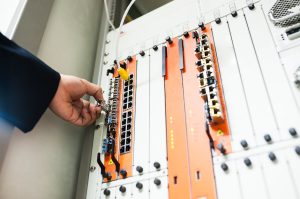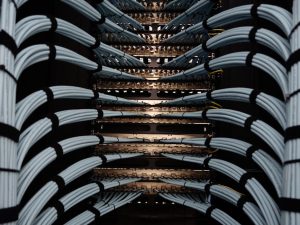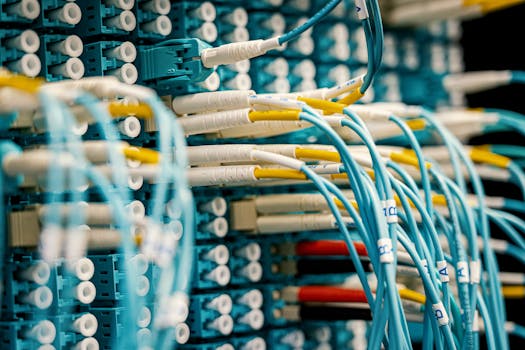
Future Developments in Fiber Optic Materials and Design: Revolutionizing Data Transmission
Future developments in fiber optic materials and design are poised to revolutionize the field of data transmission, enabling faster, more efficient, and more reliable communication networks. As the demand for high-speed data transfer continues to grow, researchers and manufacturers are exploring new materials and design approaches to enhance the performance of fiber optic cables. In this article, we will delve into the latest advancements in fiber optic materials and design, and their potential impact on the telecommunications industry.
Advances in Fiber Optic Materials
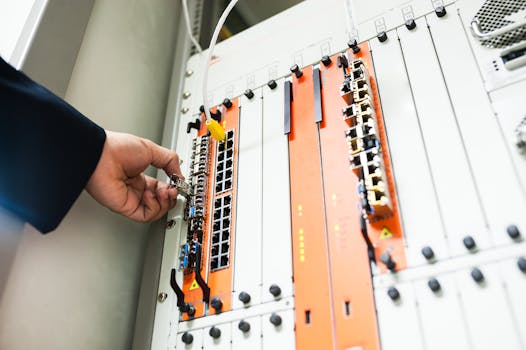
One of the key areas of research in fiber optic materials is the development of new types of glass and plastic fibers. Traditional silica-based fibers have been the backbone of fiber optic communication systems for decades, but they have limitations in terms of attenuation and dispersion. To overcome these limitations, researchers are exploring alternative materials such as fluorozirconate and chalcogenide glasses, which offer improved optical properties and lower signal loss. Additionally, the use of plastic fibers, such as poly(methyl methacrylate) (PMMA), is becoming increasingly popular for short-range data transmission applications, such as in data centers and local area networks.
Another area of research is the development of nanostructured fibers, which involve the creation of tiny structures within the fiber core to enhance optical properties. These nanostructures can be used to manipulate light in ways that are not possible with traditional fibers, enabling new applications such as optical sensing and quantum communication. Furthermore, the use of graphene and other 2D materials is being explored for their potential to enhance the optical properties of fibers and create ultra-compact optical devices.
Innovations in Fiber Optic Design
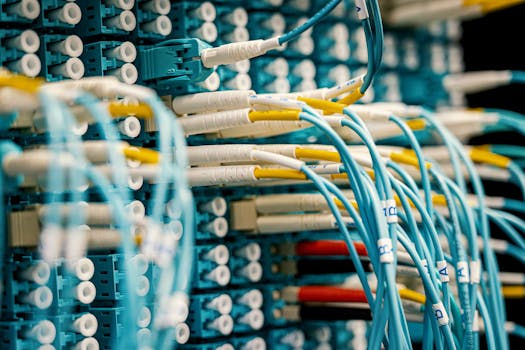
In addition to advances in materials, innovations in fiber optic design are also playing a crucial role in enhancing the performance of fiber optic cables. One of the key design approaches is the use of space-division multiplexing (SDM), which involves transmitting multiple signals through a single fiber using different spatial modes. This approach has the potential to increase the capacity of fiber optic cables by orders of magnitude, making it an attractive solution for high-speed data transmission applications. Another design approach is the use of mode-division multiplexing (MDM), which involves transmitting multiple signals through a single fiber using different optical modes.
Furthermore, researchers are exploring new fiber designs that can support the transmission of multiple wavelengths of light through a single fiber. This approach, known as wavelength-division multiplexing (WDM), has the potential to increase the capacity of fiber optic cables and enable the simultaneous transmission of multiple signals through a single fiber. Additionally, the use of optical amplifiers and regenerators is becoming increasingly important for long-haul data transmission applications, as they enable the amplification and reshaping of optical signals to maintain signal quality over long distances.
Applications and Future Directions

The future developments in fiber optic materials and design have the potential to revolutionize a wide range of applications, from telecommunications and data centers to medical imaging and sensing. As the demand for high-speed data transmission continues to grow, the development of new fiber optic materials and designs will be critical for enabling the creation of faster, more efficient, and more reliable communication networks. Furthermore, the use of fiber optic sensors and other optical devices will become increasingly important for applications such as structural health monitoring, environmental sensing, and biomedical imaging.
In conclusion, the future developments in fiber optic materials and design are poised to revolutionize the field of data transmission, enabling faster, more efficient, and more reliable communication networks. As researchers and manufacturers continue to explore new materials and design approaches, we can expect to see significant advancements in the performance and capabilities of fiber optic cables. Whether it’s for telecommunications, data centers, or other applications, the future of fiber optic materials and design looks bright, and we can expect to see significant innovations in the years to come.
Conclusion
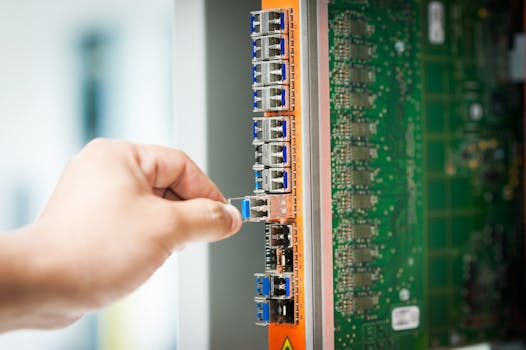
In conclusion, future developments in fiber optic materials and design are critical for enabling the creation of faster, more efficient, and more reliable communication networks. The advances in fiber optic materials, such as new types of glass and plastic fibers, nanostructured fibers, and the use of graphene and other 2D materials, are poised to enhance the performance of fiber optic cables. Additionally, innovations in fiber optic design, such as space-division multiplexing, mode-division multiplexing, and wavelength-division multiplexing, are enabling the transmission of multiple signals through a single fiber, increasing the capacity of fiber optic cables. As the demand for high-speed data transmission continues to grow, the development of new fiber optic materials and designs will be critical for enabling the creation of faster, more efficient, and more reliable communication networks.

